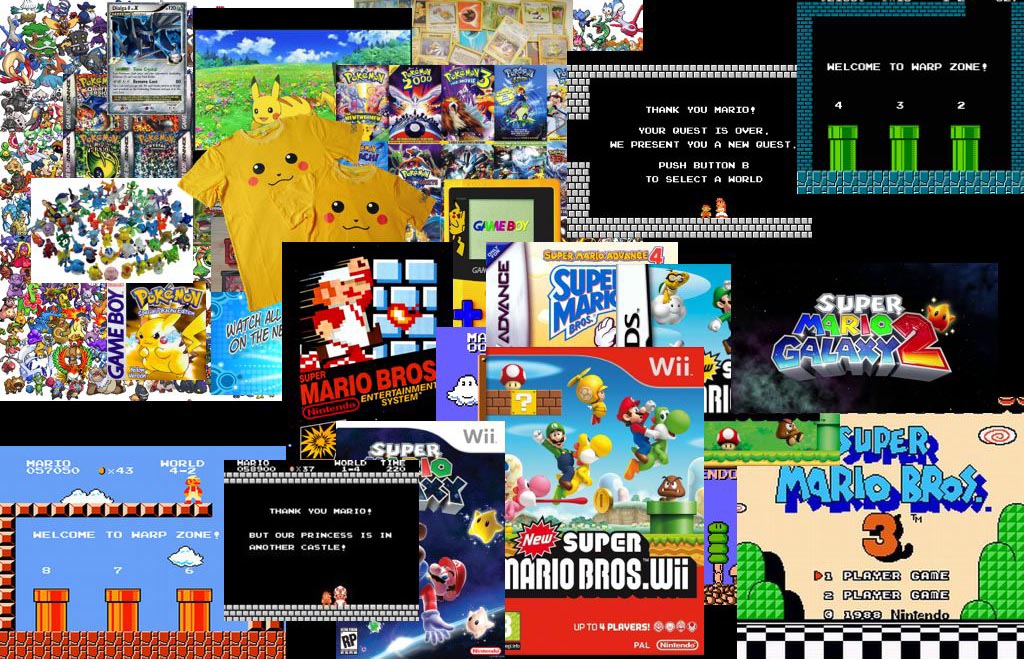
Seriality Studies and the Digital Humanities
One context for these considerations is the growing body of work on seriality and serialization processes as central motors of modern (popular) media cultures (for an overview, see the collections Kelleter 2012, Allen & van den Berg 2014, Beil et al. 2012; see also Hagedorn 1988, Mayer 2013, and Mittell 2006). Another context is the rapidly expanding field of the digital humanities. For the most part, these two contexts of "seriality studies" (Denson 2011) and the digital humanities have rarely crossed paths. This webtext is in part an attempt to stage such an encounter and to take stock of the results.
In particular, I am concerned here to assess the usefulness of digital humanities approaches for studying serialization processes in digital games and gaming communities. My investigations are guided by an attempt to answer the following questions: How might the tools and methods of digital humanities be adapted for research on seriality in digital games — and to what end? What, more specifically, can visualization techniques add to the study of "digital seriality" (Denson & Jahn-Sudmann 2013, 2014; see also Boluk & Lemieux 2012)?
First, however, allow me to indicate briefly why I have chosen to pursue this line of inquiry — which I wish to emphasize is about more than merely the application of digital methods to digital objects. Indeed, there are strong subtantive reasons which might suggest the appropriateness of doing seriality studies more generally with the help of digital, data-driven tools. To begin with, the rapid proliferation of serial media forms since the time of the Industrial Revolution challenges methods of single-author and oeuvre- or work-centric approaches, such as "close reading" — long the paradigmatic methodology of literary and humanistic study. Such methods are often inadequate (or at least insufficient) for the study of serial media texts, as serialization processes unfold across oftentimes long temporal frames and involve collaborative production processes — including not only team-based authorship in industrial contexts but also feedback loops between serial producers and their audiences, which can exert considerable influence on the ongoing serial development. Letters to authors or to editors of newspapers and magazines have long provided such a channel of communication — and ultimately of influence — between readers and the producers of serialized fictions. Such tendencies are clearly exacerbated with the advent of digital platforms, where these feedback loops multiply and accelerate. For example, Internet forums are established or monitored by serial content producers and, perhaps more significantly, there is real-time algorithmic monitoring of serialized consumption on platforms like Netflix or Hulu. Likewise, the contents of serial media are themselves subject to unprecedented degrees of proliferation, reproduction, and remix under conditions of digitalization — and it is precisely in these conditions that seriality studies takes off. For though such pre-digital forms as penny dreadfuls, dime novels, film serials, and radio and television series may constitute the objects of study, an intensified interest (both scholarly and popular) in seriality thrives on the wide availability of digitized materials, both historical and contemporary, which makes possible the consumption of serialized media outside of their original publication or broadcast schedules.
With the advent of digitization, at the latest, media forms and associated practices become "data." Now more than ever, an inordinate amount of data is generated in the production and consumption of serialized media, so that it is natural to wonder whether any of the methods developed in the digital humanities might help us to approach phenomena of serialization, especially in the digital era. In the context of digital games and game series, the objects of study — both the games themselves and the online channels of communication around which gaming communities form — are digital from the start, but there is such an overwhelming amount of data to sort through that it can be hard to see the forest for the trees. As a result, visualization techniques in particular seem like a promising route to gaining some perspective, or (to mix metaphors a bit) for establishing a first foothold in order to begin climbing what appears an insurmountable mountain of data.
Of particular interest here are: 1) "distant reading" techniques, as famously elaborated by Franco Moretti (2005, 2013), which might be adapted to the objects of digital games, and 2) tools for network analysis, which might be applied in order to visualize and investigate social formations that emerge around games and game series. In the "Case Study" section of this webtext, I consider some of the ways that such techniques can be usefully applied to the study of digital seriality in an online modding community. In the "Tools" section, readers are able themselves to interact with the data set through visualization and distant reading applications.